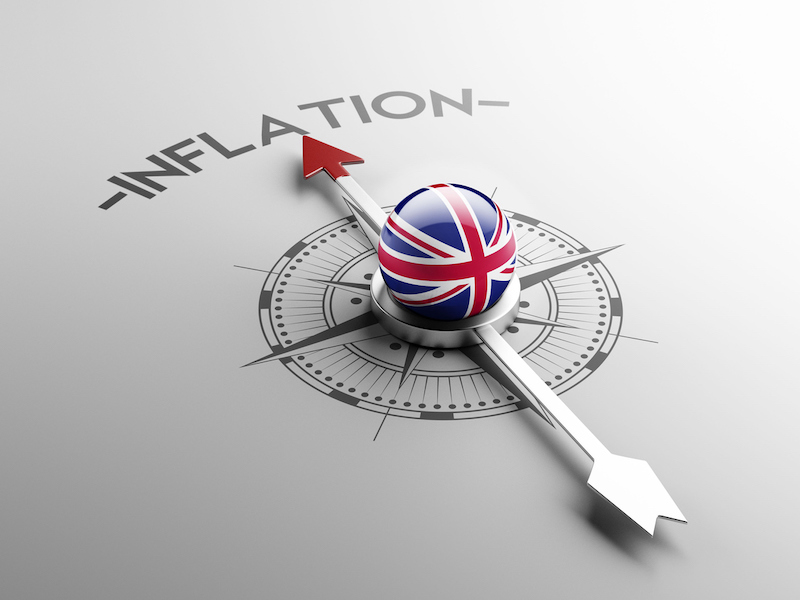
The rate of inflation in the U.K. fell sharply in July to a 17-month low, largely on the back of lower energy prices, according to official figures released Wednesday.
The Office for National Statistics said the annual rate of inflation, as measured by the consumer price index, was 6.8% in July, its lowest level since February 2022, the month Russia invaded Ukraine and sent energy prices surging.
The decline from June’s 7.9% rate was in line with economists’ expectations.
The statistics agency said the fall was largely driven by lower energy prices as last year’s sharp increases fell out of the annual comparison. It said that food price inflation, which also spiked sharply in the wake of Russia’s invasion of Ukraine, eased too.
Though the decline in the headline rate of inflation will be welcome news for hard-pressed households, it’s unlikely to derail market expectations that the Bank of England will raise interest rates again next month, especially as wages are rising at a record high. Wednesday’s figures also showed that the core rate of inflation, which strips out volatile items such as energy and food, remains high.
Earlier this month, the bank, which is tasked with achieving a 2% inflation rate, raised its benchmark interest rate to a fresh 15-year high of 5.25% and hinted that it would stay high for some time to bring down persistently high inflation.
Higher interest rates help dampen inflation by making it more expensive for consumers and businesses to borrow to buy homes, cars or equipment.
Central banks around the world have been raising borrowing costs to combat inflation unleashed by higher energy prices after Russia invaded Ukraine and supply chain backups as the global economy recovered from the coronavirus pandemic. In the U.K., inflation hit a peak of 11.1% last October.
Despite the fall in July, the U.K. is enduring the highest rate of inflation among the Group of Seven industrial nations, raising concerns that it is stickier in the country than elsewhere. Inflation in the U.S. stands at 3.2% and at 5.3% across the 20 countries that use the euro currency.
“Inflation has fallen rapidly over the past six months, but the U.K. still has the highest rate in the G-7 and the Bank of England faces a daunting task in further taming price pressures,” said James Smith, research director at the Resolution Foundation think tank.
Similarly, the British economy is the only G-7 leading industrial economy yet to recoup the output lost during the coronavirus pandemic. Many economists blame Britain’s departure from the European Union for both sticky inflation and anemic growth, as it has hobbled trade and added costs to businesses.